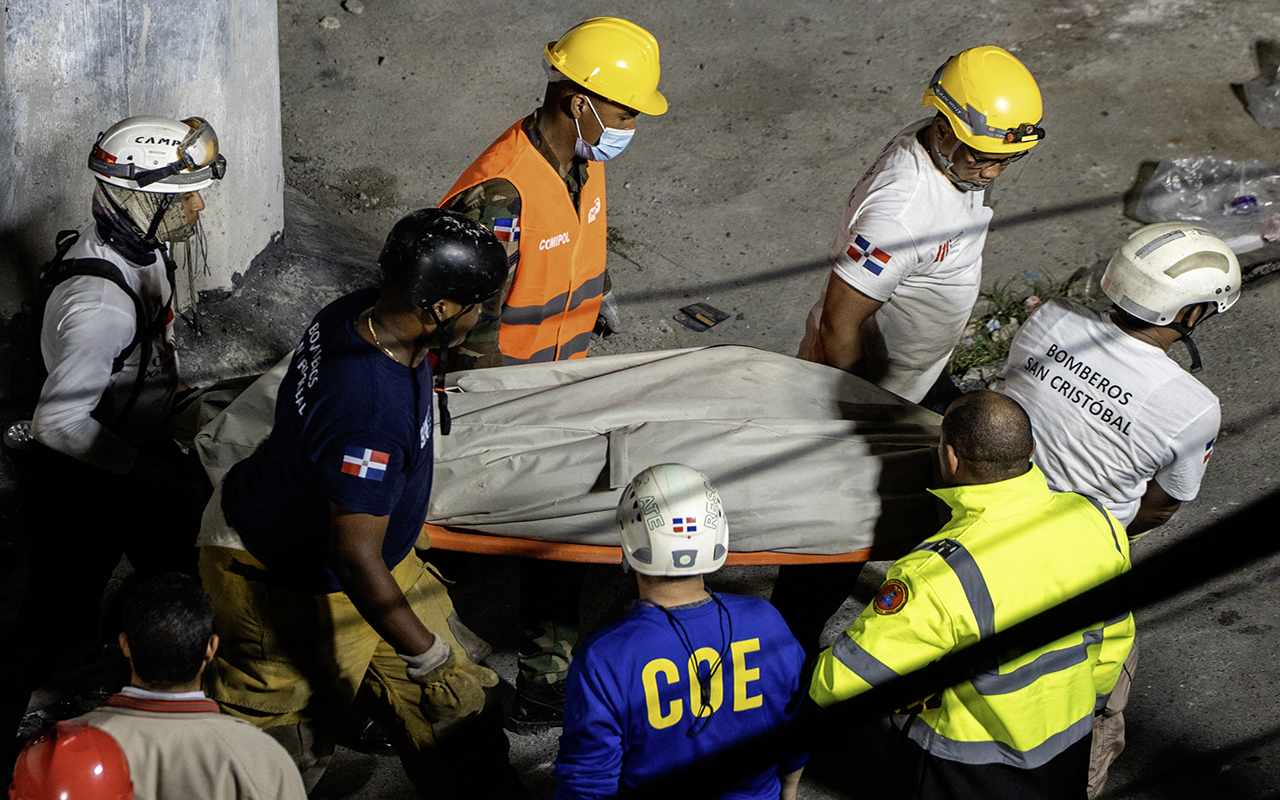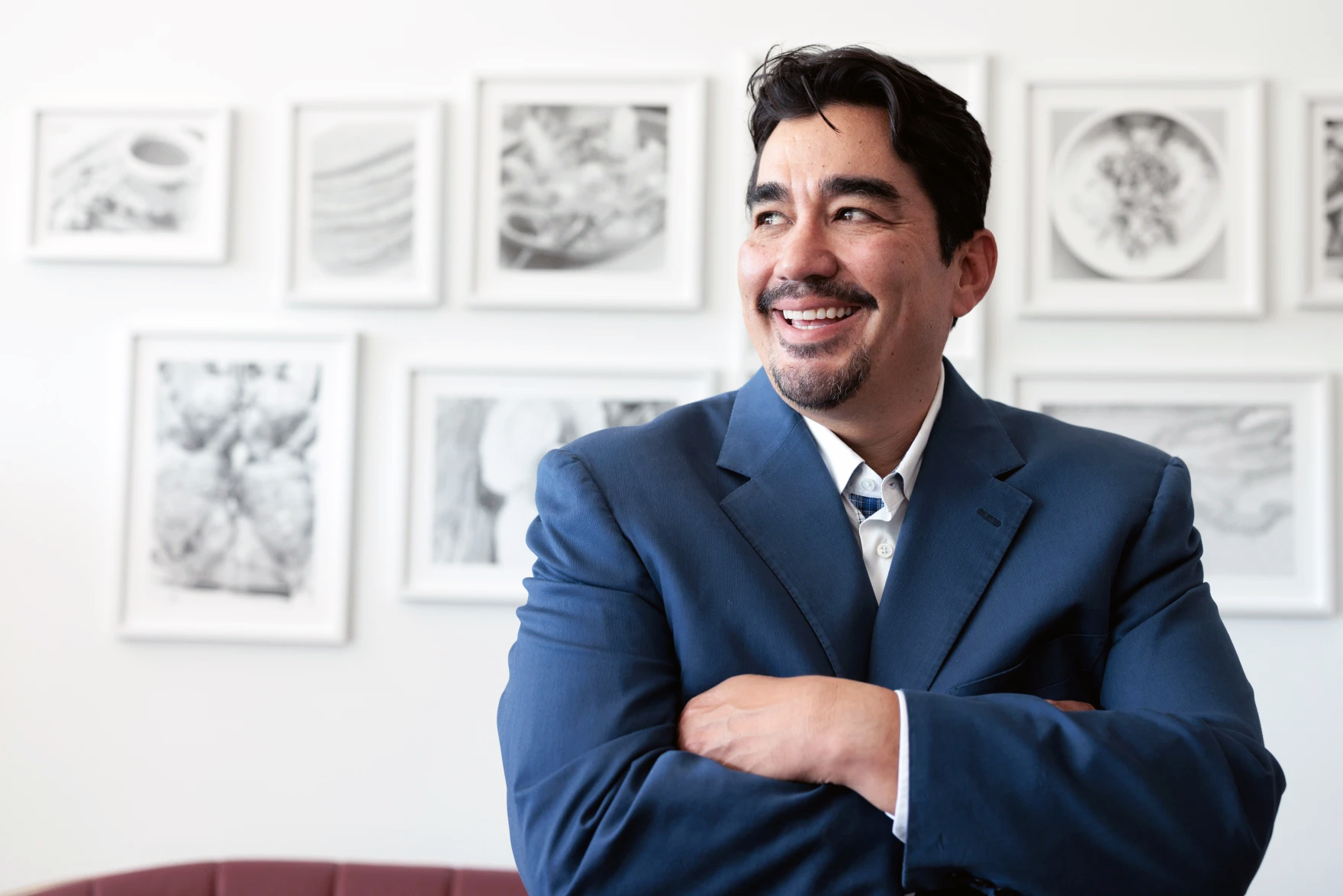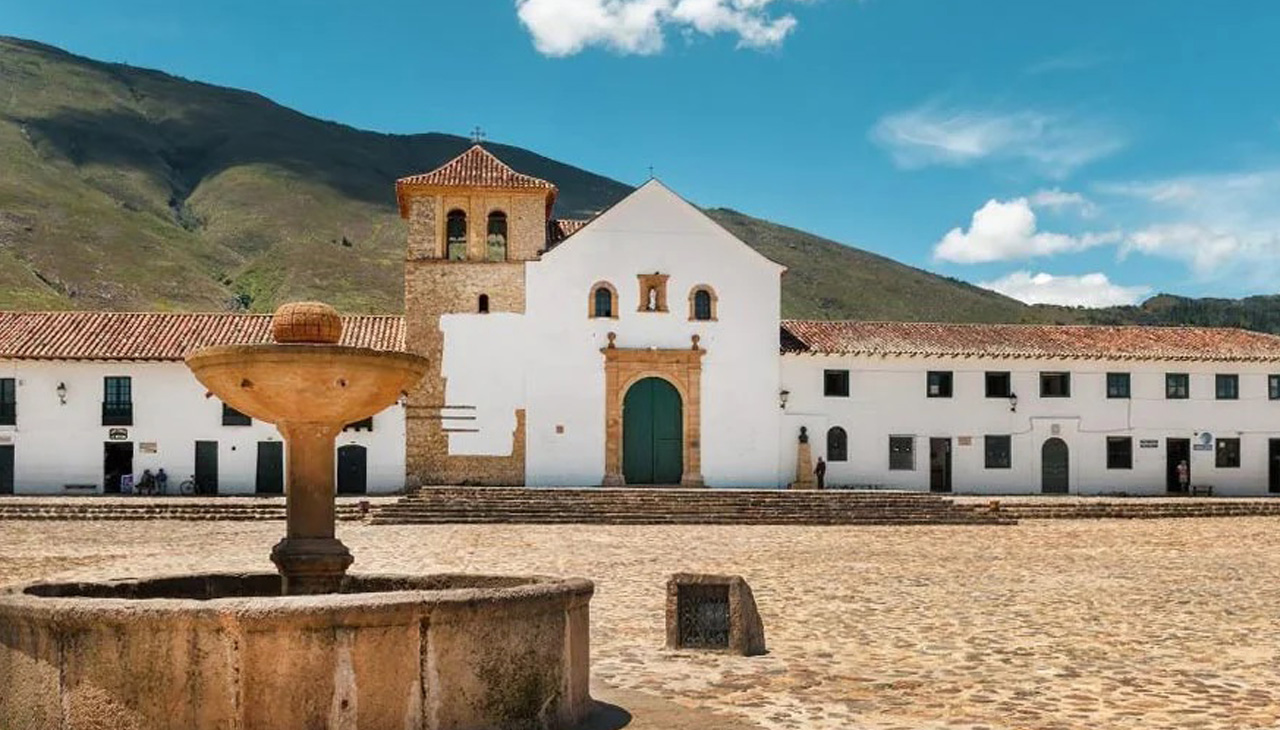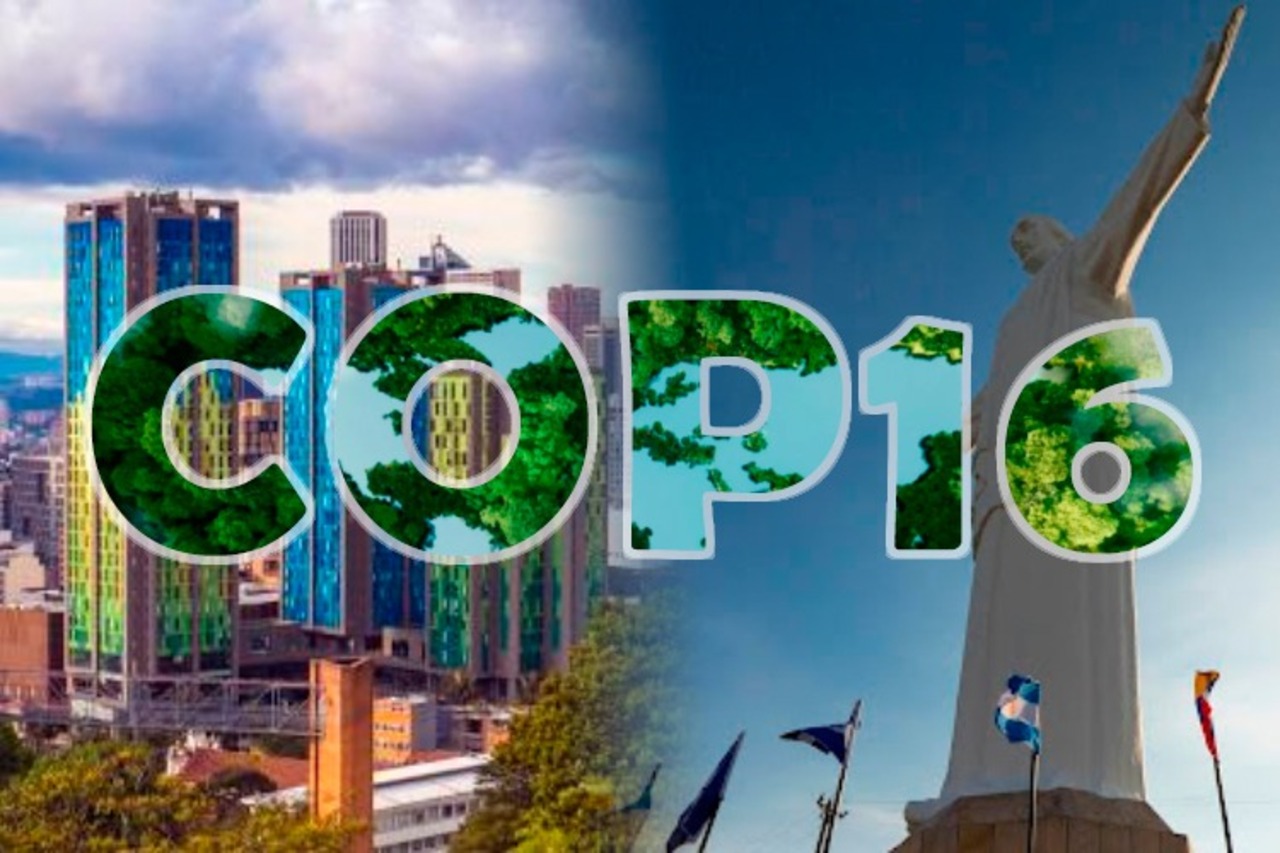
Five Museums to visit in Cartagena
Cartagena is a city with a lot of history that can be seen in its different museums.
In the past, museums used to be a tedious or boring plan for those who went on vacation. Not many people choose to visit these places when they visit a new city on vacation, but nowadays, thanks to technological innovations, it is becoming more and more interesting to learn about the history of the places you visit.
The museums of Cartagena have been adapting their exhibits to be more and more attractive to visitors, providing both a fun and educational experience about the history the city has experienced.
These are five museums that can be visited in the city throughout the year:
Historical Museum of Cartagena
The Historical Museum of Cartagena (MUHCA) was founded in 1924 and offers through its different spaces the possibility of learning about the rich colonial architecture, history and presence of the Inquisition Tribunal, and a journey through the various stages of the history of Cartagena, the Colombian Caribbean, and the construction of Colombian society.
The MUHCA building is considered the best example of civil architecture in Cartagena in the eighteenth century. The Palace of the Inquisition is actually the union of two buildings erected on the lots occupied by two houses that the Court of the Holy Office leased since 1610 when it began its activities in the city.
Caribbean Naval Museum
This museum is located inside a historical building of almost 3,500 square meters, located in the walled enclosure of Cartagena, which is divided in two great wings: Colonial and Republican.
Here, visitors will find the history of Cartagena from its first inhabitants (Carib Indians), the history of navigation and the Colombian Navy.
RELATED CONTENT
Rafael Nuñez House Museum
This museum was the house where Rafael Nuñez lived and died, an illustrious Cartagena native who occupied the presidency on four occasions. From this place emerged the fundamental ideas that generated one of the greatest political reforms of the country in the nineteenth century: the Constitution of 1886, which directed the course of Colombia until 1991, the year the current Constitution was written.
The House Museum is responsible for preserving and disseminating the historical legacy of the thought of the former Colombian president, and seeks to promote permanent dialogue with the public through the generation of collective memory, as well as the sense of identity and belonging to the heritage of the region.
Zenú Gold Museum
The Gold Museum or Regional Museum of the Zenú Culture was opened on March 27, 1982 and has a collection of nearly 700 pieces, of which 538 are gold and silver work.
Completely renovated in 2006, it now displays 902 archeological objects (747 metal, 105 ceramic, 11 bone, 34 shell, and 5 ceramic fragments). In addition, three rooms are available interactive exhibits: one for children's workshops, one for reading, and another for the projection of videos.
Museum of Modern Art
The Museum of Modern Art is located in the Historic Center, in San Pedro Claver Square, with the San Ignacio bastion on one side, and is one of the few covered public spaces that Cartagena residents and visitors to the walled city can enjoy.
It has an inventory of more than 400 works, most of them by coastal artists. It adopted its institutionalism in 1972 thanks to Enrique Grau and Alejandro Obregón. It wasn't until 1979 that it opened in its current location. It houses the works of its local founders, Grau, Obregón, Cecilia Porras and Hernando Lemaitre.











LEAVE A COMMENT: